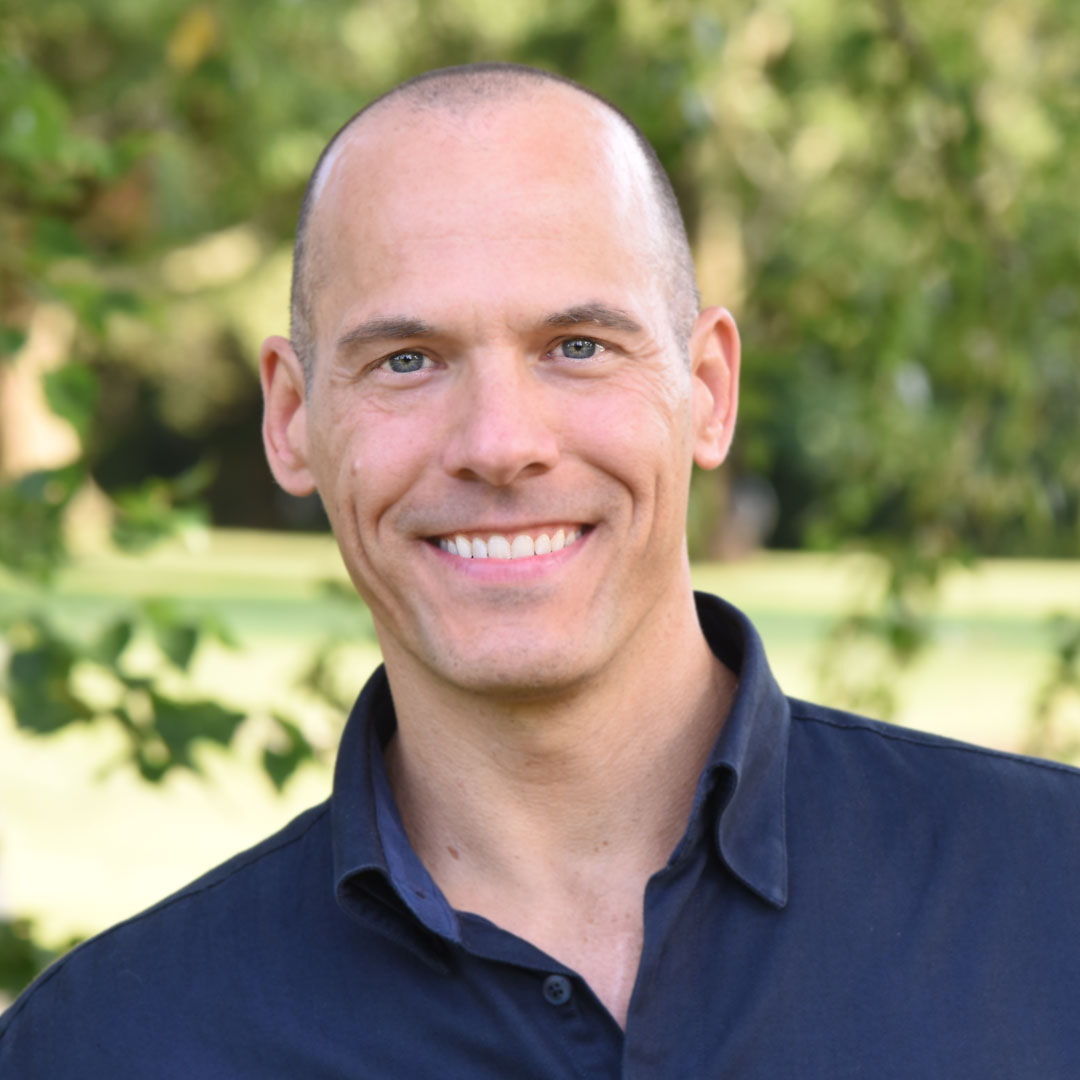Breast Cancer is not an isolated disease
Breast cancer is not a single disease; it develops as a diverse and heterogeneous dysfunction that then becomes different types of cancer, including DCIS, triple negative, IDC, LCIS—to name a few.
The many different cancers that develop in the breast also have many different causes. That said, if there are many causes for a single type of breast cancer, how can there be any single cure?
This topic is definitely for another discussion.
Causes of breast cancer
Known causes . . . let me repeat, known causes of breast cancer include:
- Nutrient deficiency
- Low vitamin‑D levels
- Damage to the DNA from environmental toxins
- Free‑radical damage to cells
- Chronic high blood sugar and insulin
- Chronic surges of stress hormones (read the blog, “How stress causes breast cancer”)
- Synthetic hormone-replacement therapy
- Viral infections, including Epstein-Barr virus, human cytomegalovirus, papillomavirus (HPV), human mammary-tumor virus, and others
- . . . and, body fat
Body fat? Yes, body fat.
Before I explain how fat can cause cancer, it’s important to know what it is and why we need some. Some—not an oversupply.
Fat tissue (adipose tissue) is a hormone-producing organ that spits out hormones to regulate appetite and body weight; it also helps regulate blood sugar and insulin sensitivity.
Body fat is needed also to regulate body temperature, and it provides energy when we need it.
Last, it also stores the important fat-soluble vitamins A, D, K, and E.
When Your Fat Attacks
Many people daily are searching for quick ways to get rid of their fat for aesthetic reasons. The big business of commercial diets, programs, and endless exercise regimens hinge on helping people get rid of their fat.
Despite the emphasis on getting rid of fat for aesthetic reasons, there seems to be little push to getting rid of fat for the physical danger it poses inside the body.
Fat, or I should say excessive fat, is a dangerous tissue associated with the development of diabetes, heart disease, auto-immune disease, and, yes, cancer.
Excessive body fat and obesity are associated in research studies with hormone-dependent cancers, along with cancers of the esophagus, pancreas, colon and rectum, kidney, and breast.
3 Ways Body Fat Causes Cancer
Fat increases estrogen and inflammation; it also suppresses the immune system—all of which are associated with the onset and progression of breast cancer.
Here’s how.
Fat tissue produces an enzyme called aromatase, which converts other hormones into estrogen, a hormone found in both women and men. Estrogen is modified in the liver to become two secondary types of estrogen: 2‑hydroxyestrone (2OHE) and 16-hydroxyestrone (16OHE).
Simply put, 2OHE protects against the formation of cancers of the breast, prostate, and others, while 16OHE promotes breast and other cancers by causing cells to grow and proliferate out of control.
Here’s the danger with fat and estrogen. According to the journal Maturitas, excess body fat increases the level of 16OHE, which ignites and drives the cancer process.
Fat also causes inflammation—the major mechanism responsible for the development of most serious disease and chronic health issues.
Acting as an endocrine (hormone) organ, fat produces many inflammatory substances, including adiponectin, leptin, interleukin 6 (IL‑6), and tumor necrosis factor (TNF).
Data from studies in The Journal of Clinical Investigation, Frontiers in Bioscience, and Trends in Molecular Medicine reveal the influence IL‑6 and TNF have on the cancer microenvironment.
Both IL‑6 and TNF were found to initiate tumor growth and favor the spread of cancer (metastasis).
In fact, TNF was found to make cancer cells resistant to chemo and radiation.
Last, being over-fat increases your risk of developing cancer by suppressing the immune system needed to destroy cancer.
A study in Autoimmunity Reviews discovered the soup of inflammation created in fat tissue lowered the number of natural killer cells.
Natural killer cells are the white blood cells responsible for killing cancer and cells infected by viruses.
Basically, toxic body fat lowers your immunity against cancer.
Body fat is something we all have—some more than others.
“Now what?” you ask.
How do you minimize and get rid of unhealthy body fat without depriving yourself of food and nutrients; killing yourself at the gym; and wasting money and time on the next fad diet and “quick fix?”
3 Simple Ways to Get Rid of Dangerous Body Fat.
In my experience working with countless people with chronic diseases, the biggest obstacle people have is what to eat and when.
As I have stated in my book REBUILD, there are 3 main habits that cause people to be over-fat:
- Eating high-calorie, nutrient-deficient food throughout the day;
- Eating the biggest meal at night; and
- Not performing the right fat-burning exercises.
This said, here are simple rules to follow to help lose the inflammatory body fat that may be sitting above your waistline.
Eat high-nutrient, low-calorie foods throughout the day (roughly five to six times a day).
It’s best to eat plant-based foods and healthful proteins throughout the day. You should eat when you are active, not when getting ready for bed. See the next rule.
Eat little to no carbs (especially refined, white carbs), nor a big protein meal, after 6:00–7:00 p.m.
Why?
After eating a meal, the hormone insulin is on the job regulating your blood sugar and transporting protein to its needed destination in the body.
When you eat a big meal at night, insulin will cause the unused calories/energy you’ve eaten and store it at fat. So, you are increasing your body fat while you sleep.
The surge of insulin will also shut off the release of growth hormone needed to burn fat while you sleep.
High-intensity interval training
The fastest and safest way to get rid of body fat through exercising is with intensity.
High-intensity interval training (HIIT) typically involves all-out intensity for a short period, followed by periods of low-intensity exercise or rest.
A great example of this is sprinting—explosive movement for a short time, followed by a walk or rest.
High-intensity interval training can be performed on a bike, treadmill, oscillating machine, any other exercise machine, or just on your own two feet.
You can create a high-intensity interval-training program using TRX, kettle bells, or boot-camp training. What’s the right type of high-intensity interval-training exercise for you?
You decide.
The great news is that high-intensity interval training involves less time. You don’t have to spend all day at the gym, or exercise for hours on end until you’re exhausted.
Twenty minutes of high intensity allows for maximum fat burning!
While I understand the want to get rid of fat for personal reasons, excessive body fat poses a real danger to your health.
From a chronic-disease and cancer point of view, understanding how fat works and how to control the levels of it is a major step in preventing cancer and/or recurrence in the future.
For more info on how to get low fat and lean without ridiculous agenda-driven diets, exercise programs out of a box, get yourself a copy of REBUILD.
References
Napoli N, Vattibuti S, Yarrameneni J, et al. Increased 2‑hydroxylation of estrogen is associated with lower body fat and increased lean body mass in postmenopausal women. Maturitas 2012 May;72(1):66-71
Schafer, Z. T., & Brugge, J. S. (2007). IL-6 involvement in epithelial cancers. The Journal of Clinical Investigation, 117, 3660–63.
Sethi, G., Sung, B., & Aggarwal,. B. B. (2008). TNF: A master switch for inflammation to cancer. Frontiers in Bioscience 13 (13), 5094–107.


Recent Comments